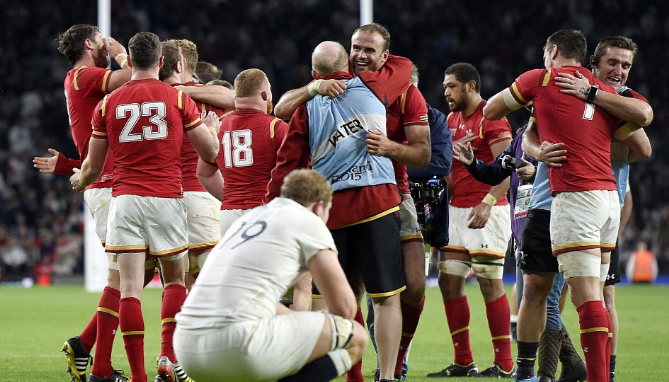Online overtakes TV as UK's preferred platform for content
Ofcom has released research which confirms what we all expected; consumer behaviour surrounding how the UK consumes media is changing, and changing fast.
November 16, 2016

Ofcom has released research which confirms what we all expected; consumer behaviour surrounding how the UK consumes media is changing, and changing fast.
The amount of time which younger generations are spending online has exceeding that spent watching television for the first time. Children aged 5-15 are now spending roughly 15 hours a week online, up from one hour and a half from six hours 48 minutes last year, compared to 13 hours 36 minutes watching television.
That totals more than 28 hours a week; it’s no wonder the England football team crashed out to Iceland in the Euros and the Rugby team succumbed to the Welsh Wonders in the 2015 World Cup (Guess where your correspondent is from). Are kids actually getting outside anymore?

“Children are watching a wide range of content, with the TV set becoming an increasingly important focus for family time and children using portable devices for more focused, solitary viewing. YouTube is a particularly important player, with 37% of 3-4s, 54% of 5-7s, 73% of 8-11s and 87% of 12-15s using the YouTube website or app,” the report states.
Although the power of the internet is clearly demonstrated in the report, trends of changing media consumption are also confirmed. Millennials and younger generations are increasingly moving towards online content for entertainment, as opposed to traditional television formats. On-demand television is generally favoured by younger generations on platforms such as YouTube, though as they get older vloggers, music videos, game tutorials and joke or prank videos all preferred over TV programmes.
The number of 5-15s who say they use a TV set almost every day has decreased since 2015, 80% this year compared to 87%, as well as the average amount of time spent in front of the screen. On a positive note, the number of children consuming paid video on demand and watching online video clips had increased since 2014. Free content will always be on the top of the list for consumers, though at least money is still being spent on premium content.
This is hardly new news as the industry has had suspicions this was the trend for some time, though this is one of the few reports which confirms the decline of TV. This will be a very worrying sign for broadcasters who are increasing having to fork out larger and larger sums for premium content.
Admittedly the content can be shared through the broadcasters online and on-demand channels as well, though it has the potential to dilute earnings and upset the business models of traditional premium broadcasters like Sky. These organizations are transforming to the digital era currently, though this is certainly a milestone.
About the Author
You May Also Like












_1.jpg?width=300&auto=webp&quality=80&disable=upscale)
